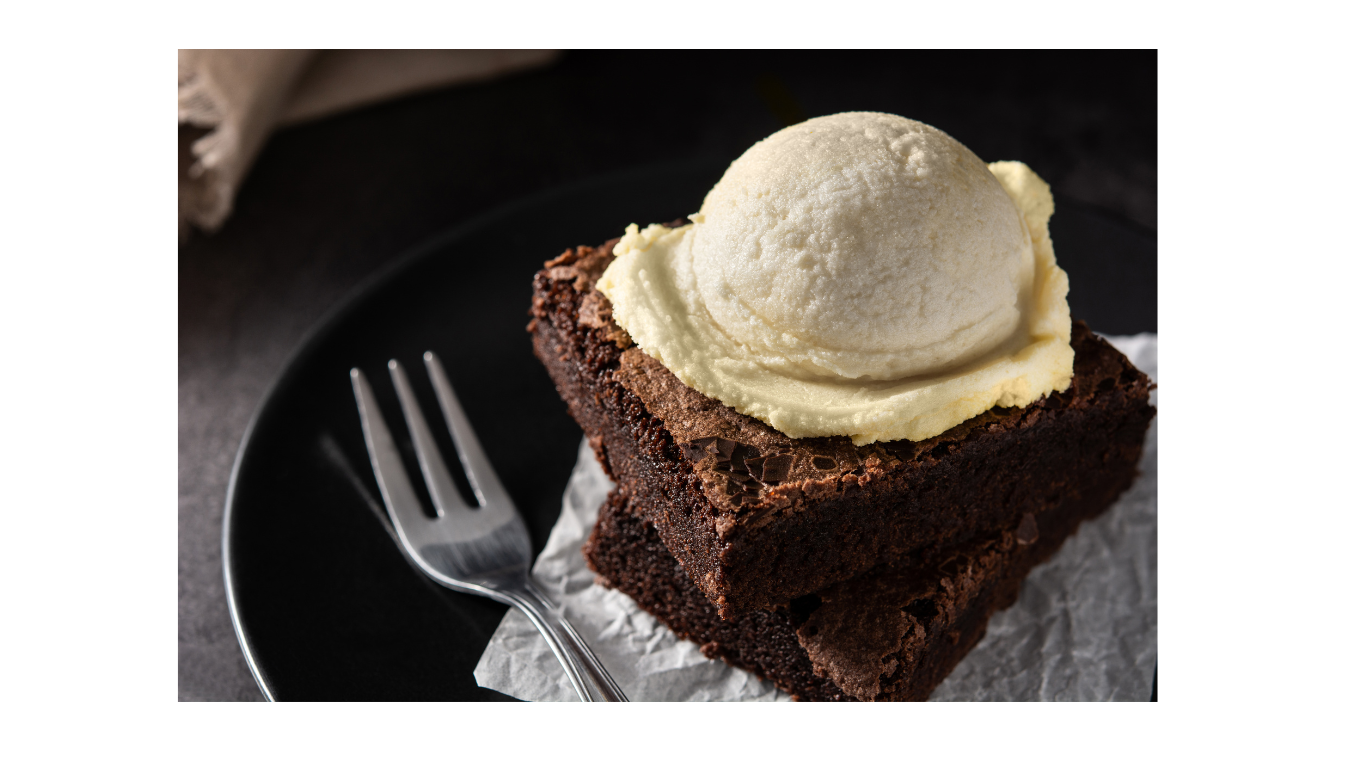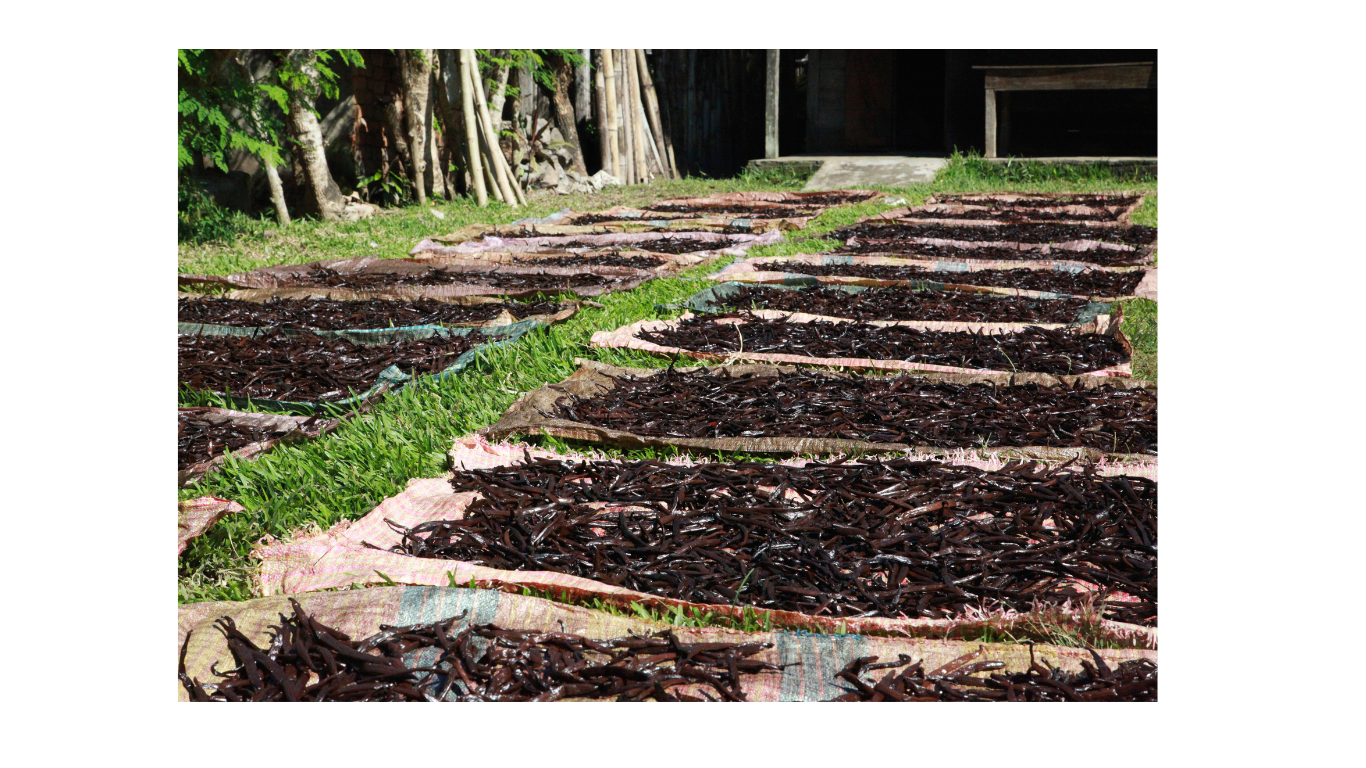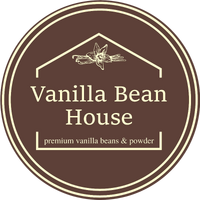Vanilla Bean Pods
We offer two varieties of Vanilla bean pods ... Tahitensis "Tahitian" vanilla bean pods and Planifolia "Bourbon" vanilla bean pods. If you're not sure which to choose, let us help you...
Planifolia Vanilla Bean Pods:
This is the most common and widely used variety, often referred to as "Bourbon vanilla." It has a classic, rich, and creamy flavour with sweet and aromatic undertones. The flavour is well-balanced and is what most people associate with vanilla.
Tahitensis Vanilla Bean Pods:
Also known as Tahitian vanilla, has a stronger aroma and a unique flavour profile. Tahitensis vanilla bean pods are characterised by floral, fruity, and cherry-like notes. The flavour is often described as more delicate and floral compared to Planifolia vanilla pods.
Still not sure? ... Don't overthink it, they're both great! You won't be disappointed with either variety of vanilla pods. You can choose from the options in the listings or leave it up to us to send you whichever vanilla bean pods are great at the time. Or see our section "Which type of vanilla to choose?" for more information.
Just like our vanilla powder is made from a combination of both types of vanilla bean pods to capture the flavour profiles unique to each species. If making your own vanilla extract, for best results, we would recommend using a combination of both varieties of vanilla bean pods to add to the complexity of flavour.
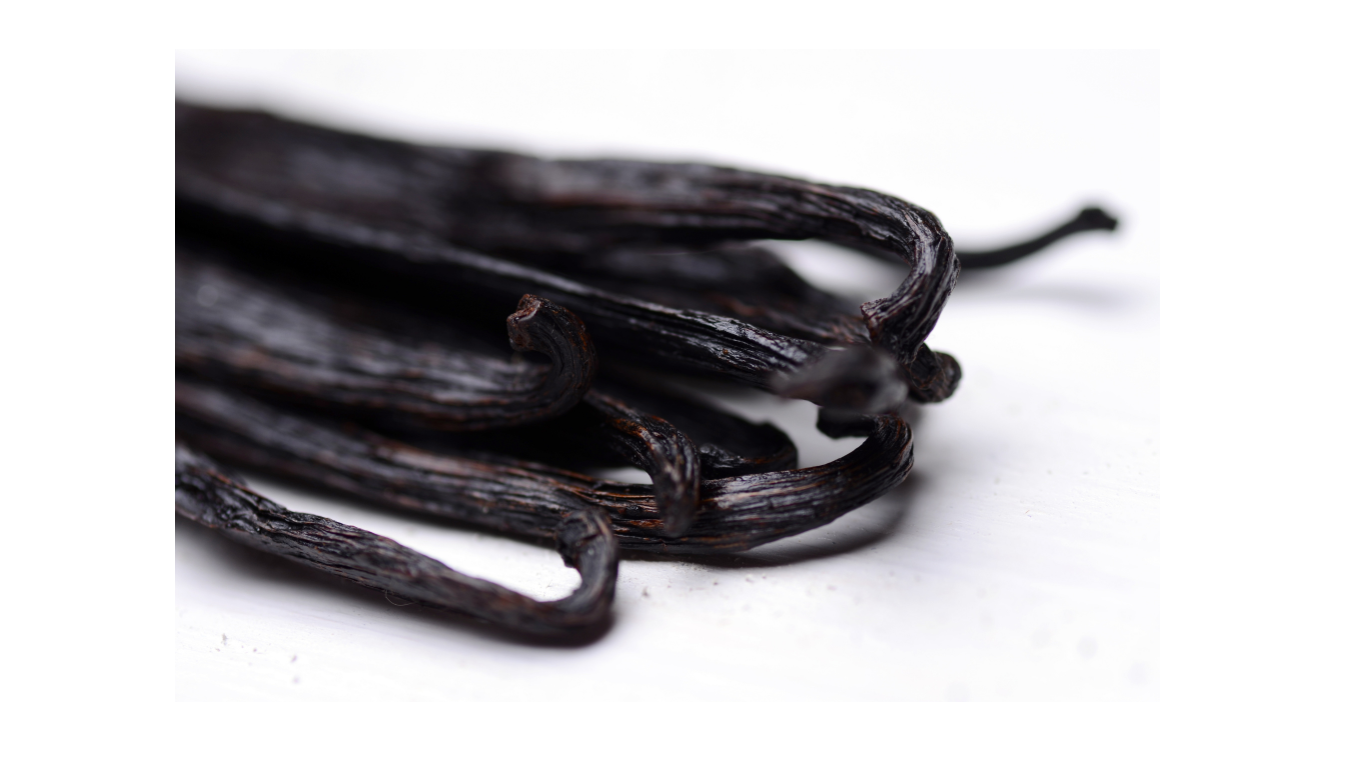
Want to know more? ... Here's more detailed information about vanilla bean pods:
- Appearance: Vanilla bean pods are long, thin, dark brown or black pods with a glossy exterior. They typically range from 12 to 25 centimeters (5 to 10 inches) in length, although sizes can vary depending on the variety and growing conditions. The vanilla bean pods you can expect to receive from us at Vanilla Bean House are a minimum of 16cm in length, ranging up to 20cm in length.
- Texture: When fresh, vanilla bean pods are plump, supple, and slightly oily to the touch. The vanilla bean pods should be flexible but not brittle. The exterior of the vanilla bean pod is smooth, while the interior contains thousands of tiny seeds embedded in a sticky, aromatic substance. This is the part of the vanilla bean pod that holds the most flavour!
- Varieties: While Vanilla planifolia is the most commonly cultivated species for commercial vanilla production, there are other species of vanilla orchids that produce vanilla bean pods with slightly different flavour profiles. Vanilla bean pods (from Vanilla planifolia) are considered the benchmark for quality and flavour, but vanilla bean pods are also available from the variety Vanilla Tahitensis - each variety of vanilla holds its own unique characteristics.
- Aroma: High-quality vanilla bean pods have a rich, sweet, and floral aroma with hints of caramel and spice. The aroma is most pronounced when the pod is split open to reveal the tiny seeds inside.
- Flavour Profile: The flavour of vanilla bean pods is complex, combining sweet, creamy, and floral notes with subtle hints of spice and fruitiness. The intensity and depth of flavor can vary depending on factors such as the origin of the beans, the curing process, and the age of the pods.
- Storage: Vanilla bean pods should be stored in a cool, dark place in an airtight container (the re-sealable pouch they come in is perfect!) to preserve their flavour and aroma. Avoid storing them in the refrigerator, as the cold temperature can cause the vanilla bean pods to become dry and brittle. Properly stored, vanilla bean pods can retain their quality for several months to a year or more.
- Usage: Vanilla bean pods are typically used to infuse flavour into recipes rather than being consumed whole. To extract the seeds, the vanilla bean pod is split lengthwise with a sharp knife, and the vanilla bean pod seeds are scraped out using the back of the knife or a spoon. The vanilla bean pod seeds can then be added directly to the recipe, while the emptied vanilla bean pod can be further used to infuse flavour into liquids or sugar. Never throw away a vanilla bean pod, it still holds a huge amount of flavour! Pop it in some sugar for vanilla bean pod sugar, drop them into vodka or other spirit to make the most divine vanilla extract. You can also boil them up with sugar syrup for an amazing vanilla bean pod syrup to add to coffee or other drinks. Or use the leftover vanilla bean pod to make your own vanilla paste. Basically as long as the remaining vanilla bean pod hasn't been in milk or something other than water or sugar you can re-use it!
- Cost: Vanilla bean pods are one of the most expensive spices in the world due to their labor-intensive cultivation, pollination, and curing process, which is all very labour intense and is done by hand. The high cost is also influenced by factors such as crop failures, fluctuations in demand, and the time-consuming nature of vanilla bean pod cultivation.
- Sustainability: Vanilla bean pod cultivation faces sustainability challenges due to issues such as deforestation, climate change, and fluctuating market prices. Efforts are underway in some regions to promote sustainable vanilla bean pod farming practices, including organic cultivation, fair trade initiatives, and community-based cooperatives.
Overall, vanilla bean pods are prized for their exquisite flavour, aroma, and versatility in culinary applications, making them a cherished ingredient in kitchens around the world. We are very fortunate to have this luxurious and delicious spice available to us here in Australia.
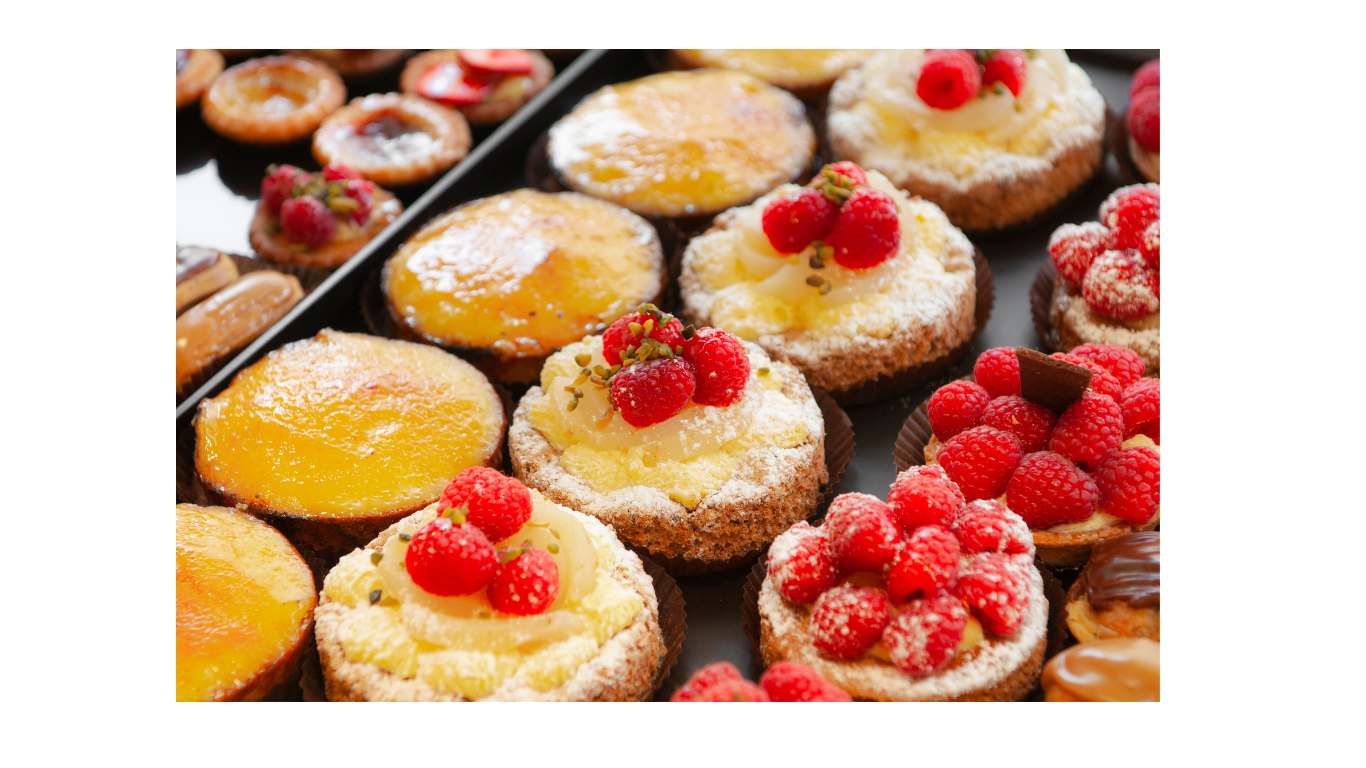
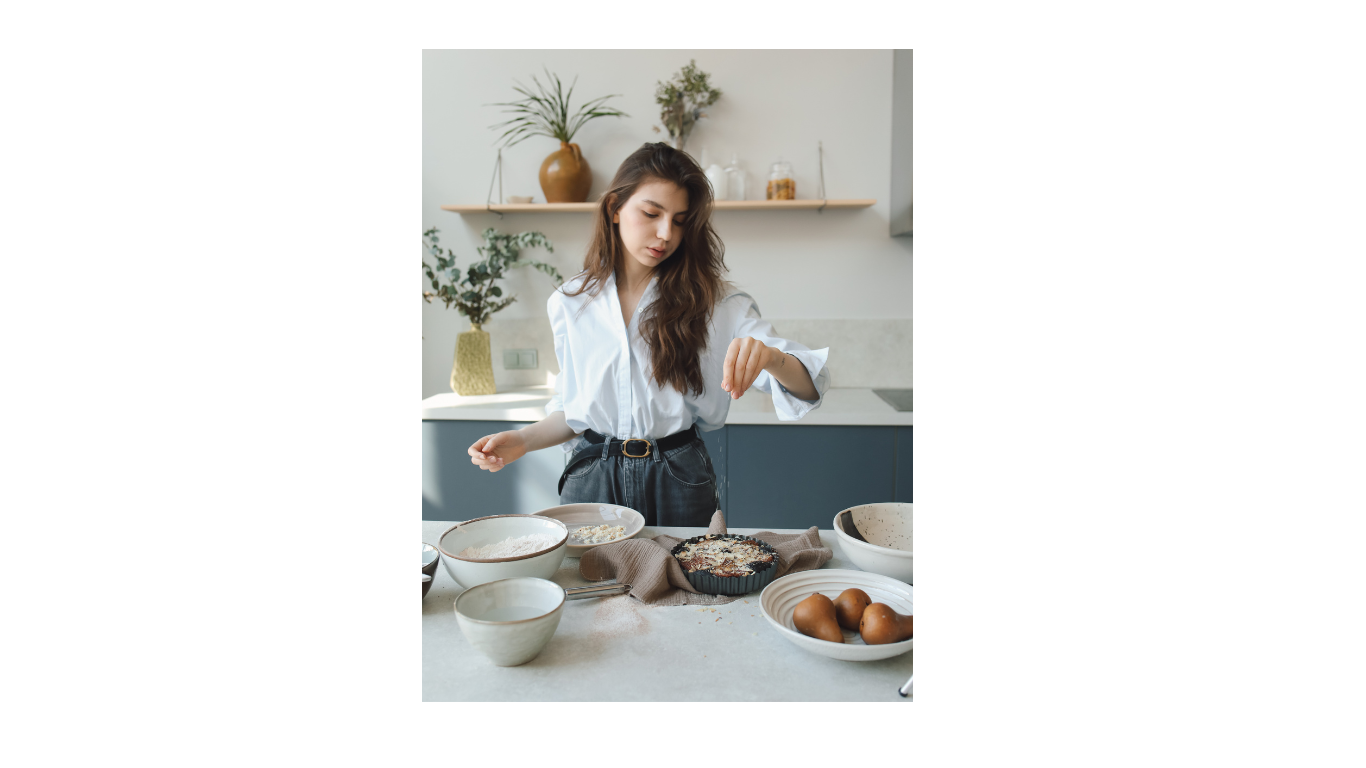 Vanilla bean pods are fascinating in both their history and their use in various culinary applications. If you're still reading here are some more interesting facts about vanilla bean pods and how they're used:
Vanilla bean pods are fascinating in both their history and their use in various culinary applications. If you're still reading here are some more interesting facts about vanilla bean pods and how they're used:
- Origin: Vanilla bean pods come from orchids of the genus Vanilla, primarily from the species Vanilla planifolia and Vanilla Tahitensis.
- Hand-Pollination: Vanilla bean pod orchids are not naturally pollinated by bees or other insects. Instead, they rely on a specific type of bee found only in Mexico. Outside of Mexico, vanilla flowers must be hand-pollinated, a labor-intensive process that contributes to the high cost of vanilla bean pods.
- Curing Process: Vanilla bean pods undergo a curing process after harvest to develop their characteristic flavour and aroma. This process typically involves blanching, sweating, drying, and conditioning the vanilla bean pods over several months.
- Vanillin Content: The primary compound responsible for the characteristic flavour and aroma of vanilla bean pods is vanillin. While natural vanilla bean pods contain vanillin, artificial vanillin is often used as a less expensive alternative in many commercial products. This synthetic alternative is primarily made from by-products of coal and tar.
- Grade Levels: Vanilla bean pods are graded based on their quality, length, moisture content, and appearance. Grade A vanilla bean pods are the highest quality and are typically plump, oily, and flexible.
- Usage in Cooking: Vanilla bean pods are commonly used to flavour desserts such as ice cream, custards, cakes, and cookies. They're also used in beverages like coffee, hot chocolate, and cocktails. Additionally, vanilla bean pods can be used to infuse flavour into sauces, syrups, and savory dishes.
- Extract Production: Vanilla bean pod extract is made by macerating chopped vanilla bean pods in alcohol and allowing them to infuse over time. The resulting liquid vanilla extract is then used as a flavouring agent in various recipes.
- Vanilla Bean Pod Scraping: To extract the tiny vanilla pod seeds within the vanilla bean pod, chefs often split the vanilla bean pod lengthwise and scrape out the vanilla seeds using the edge of a knife. These vanilla seeds, also known as vanilla bean pod caviar, are highly aromatic and contain the most flavour within the vanilla bean pod.
- Versatility: While vanilla bean pods are most commonly associated with sweet dishes, they can also be used to add depth and complexity to savoury dishes. For example, vanilla can complement the flavours of seafood, poultry, and vegetables in certain recipes.
- Health Benefits: Vanilla bean pods contain antioxidants and have been associated with various potential health benefits, including anti-inflammatory and mood-enhancing effects. However, these benefits are attributed to the compounds found in whole vanilla bean pods rather than synthetic vanillin (which is no good for you at all!)
Overall, vanilla bean pods are not only a staple ingredient in many desserts but also offer versatility and depth of flavour that can enhance a wide range of culinary creations. Vanilla bean pods are not only used in custards and vanilla flavoured dishes, but also enhance the flavour in most baking and dessert recipes. Such as fruity, chocolate and coffee flavoured sweets.
